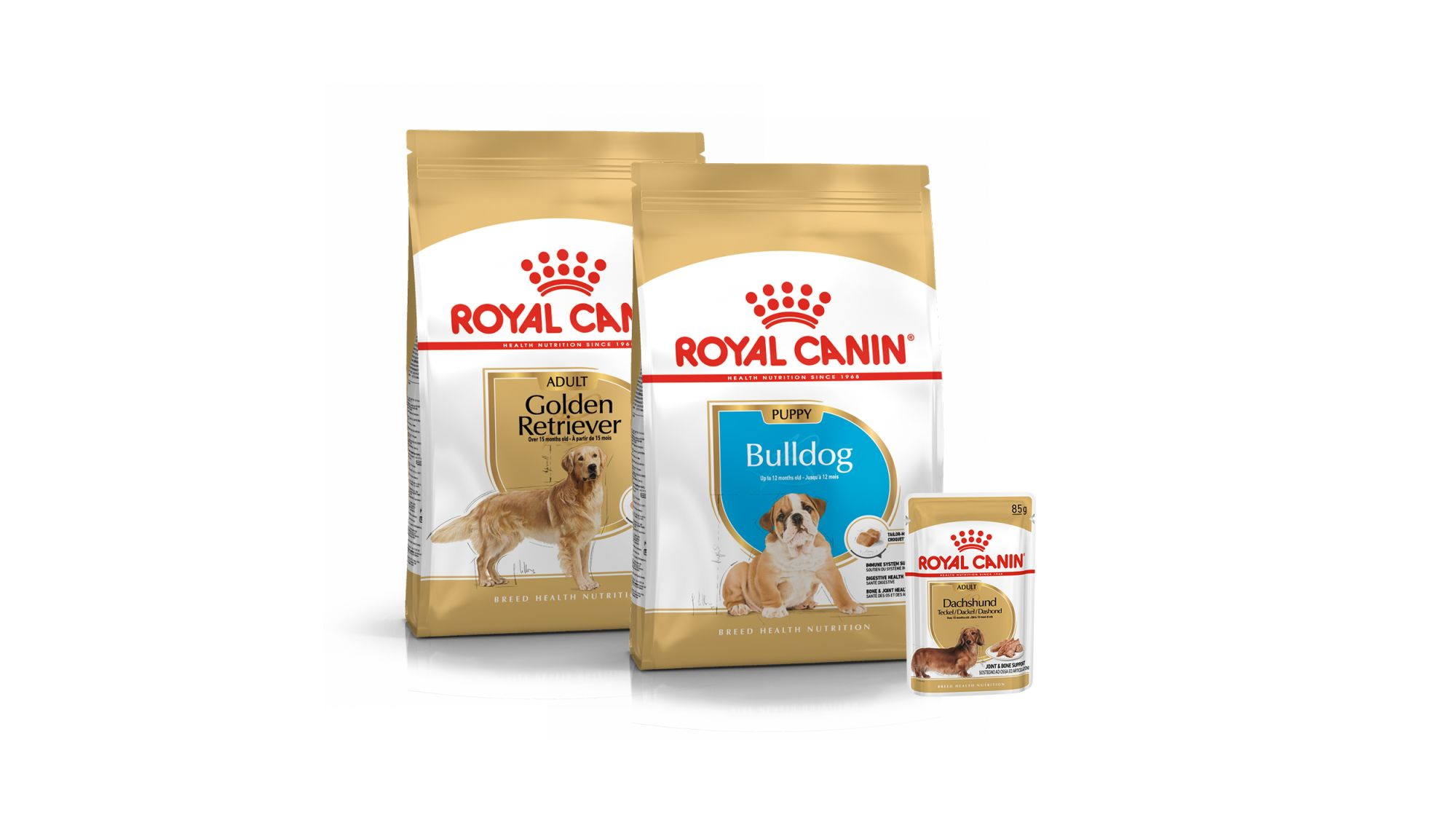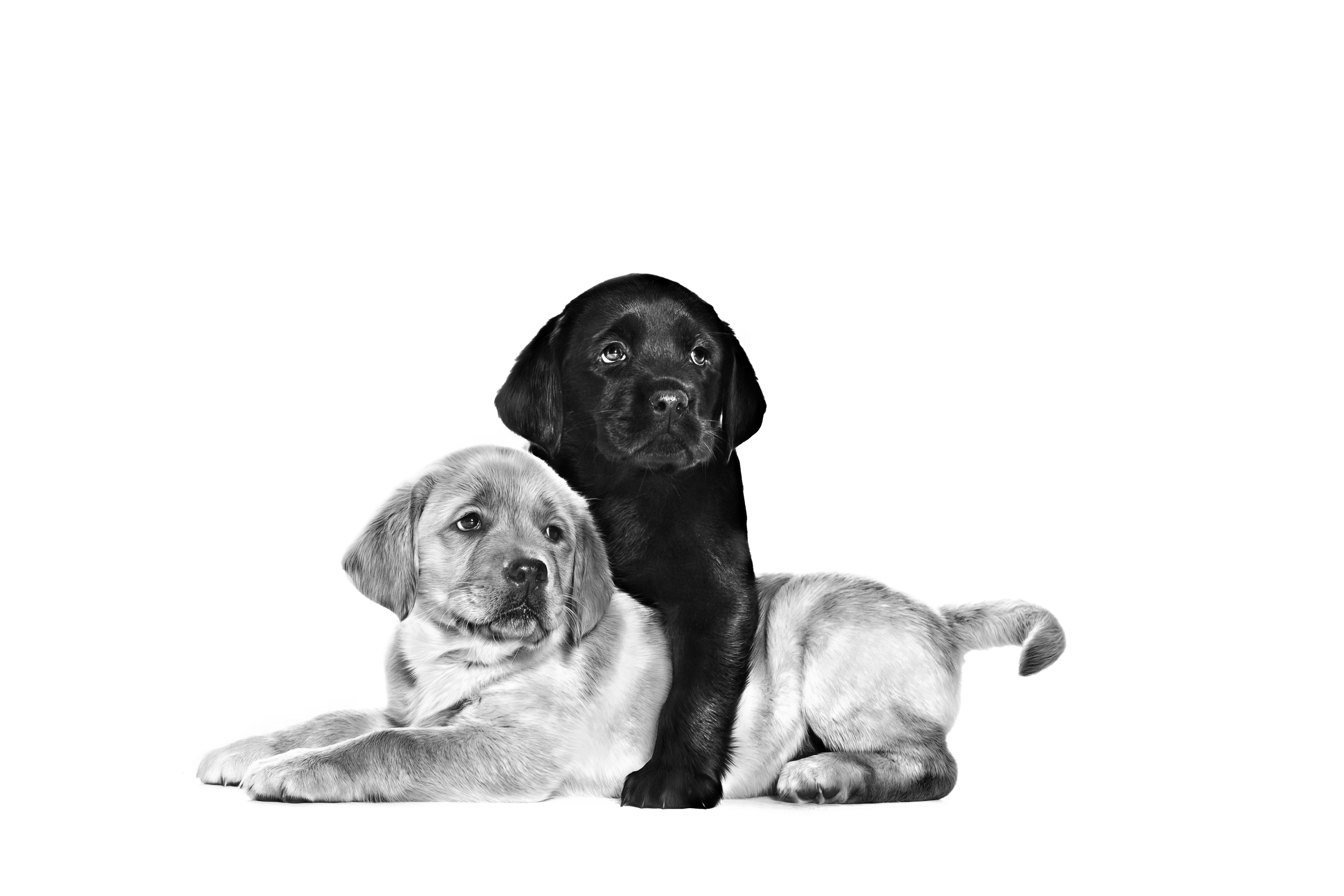
Puppy development from birth to adulthood
Birth
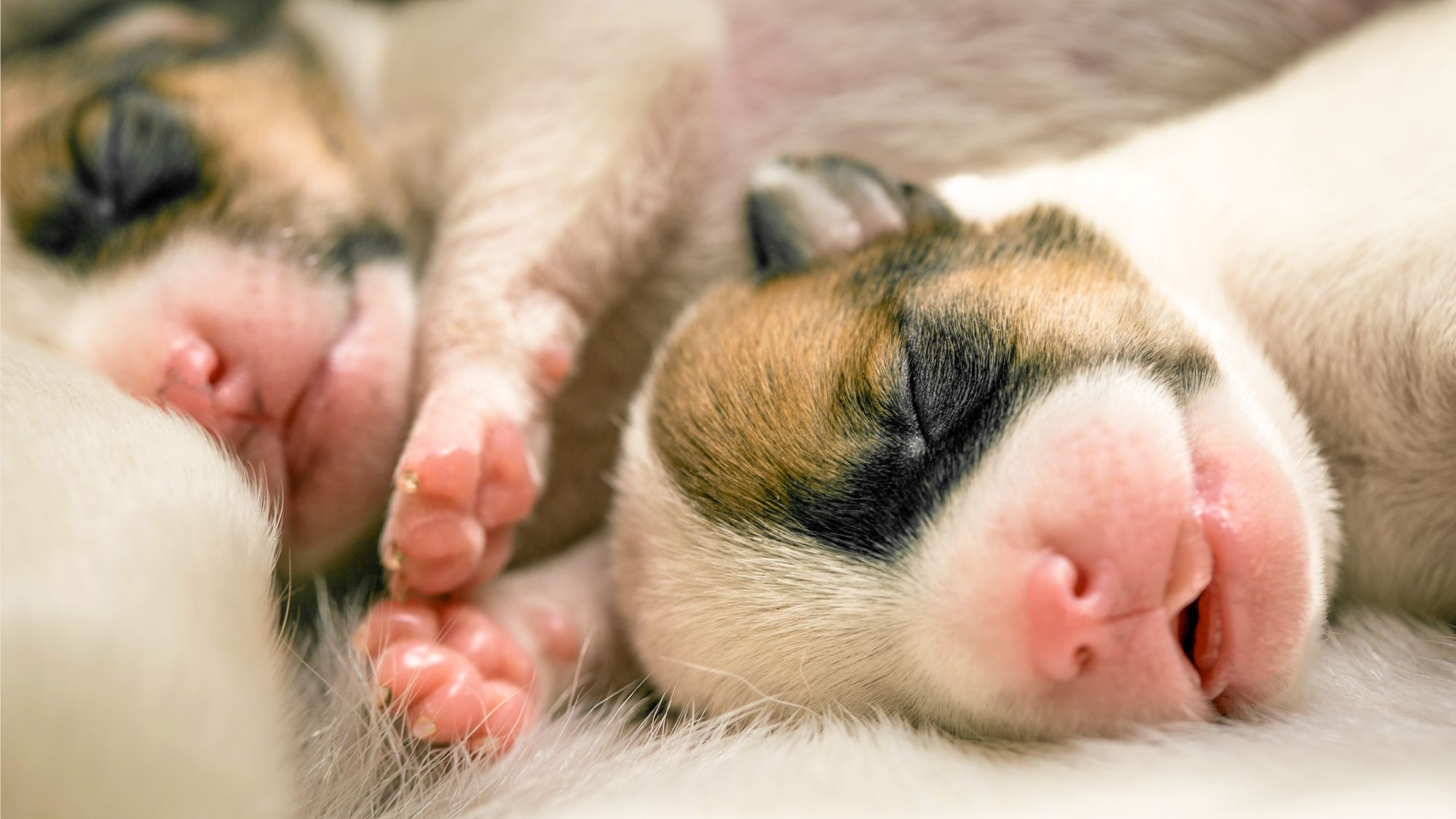
Behaviour
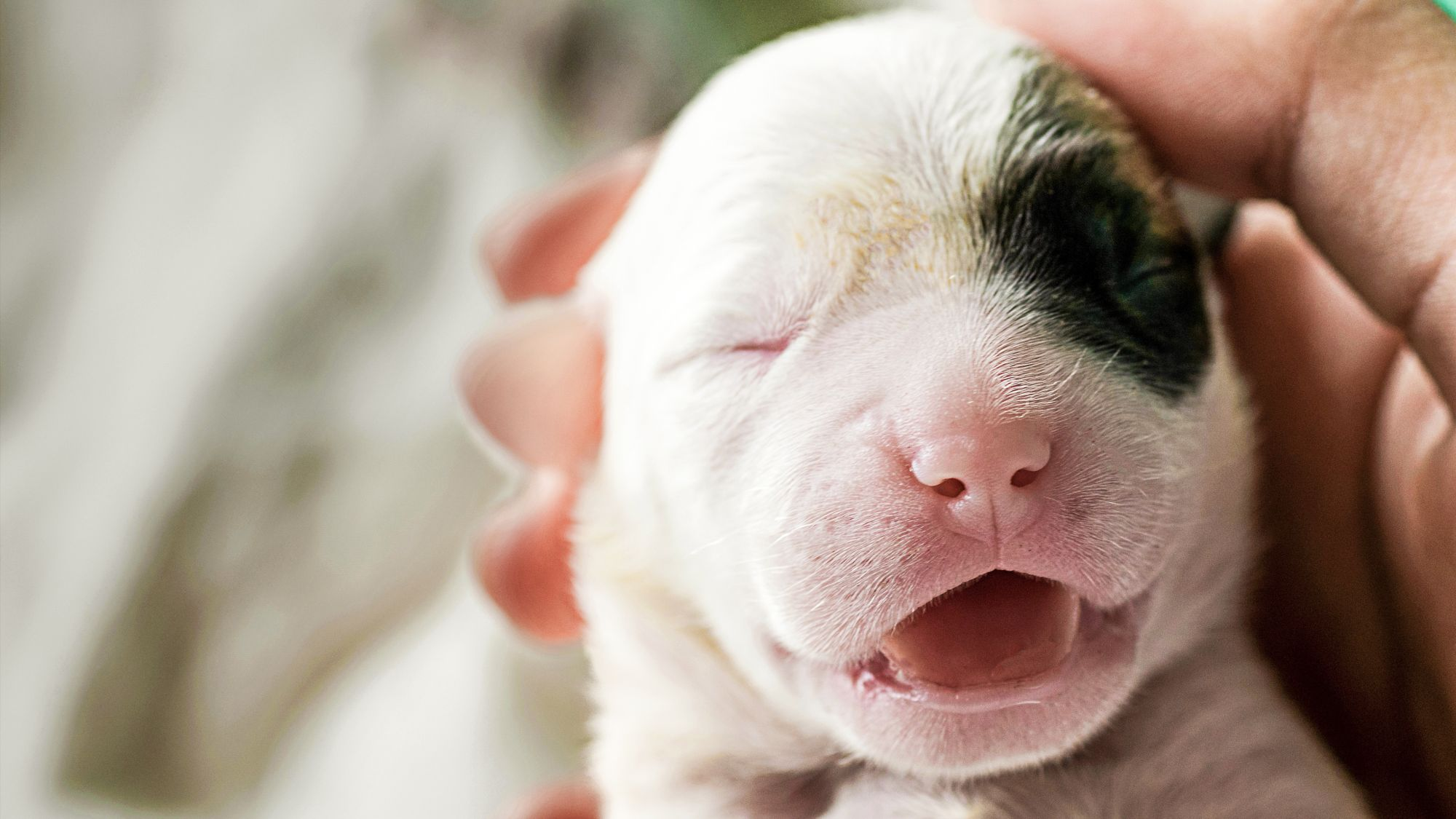
Development
Environment
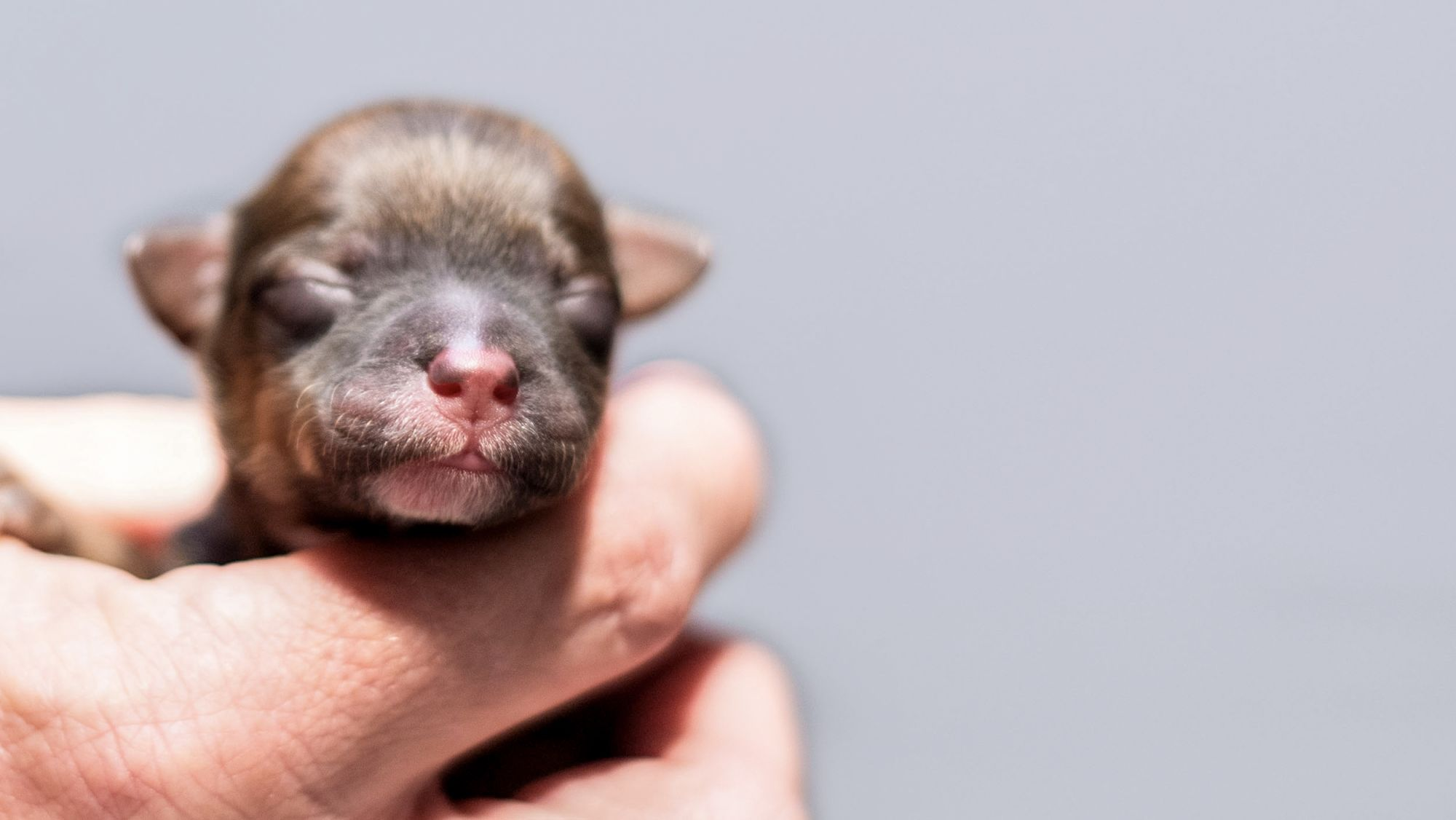
Health
The major challenge of birth for puppies is to became autonomous for breath, heat and feeding to survive to this very critical moment. To support them, it’s important to appropriately prepare the whelping box. Bowls of water or a humidifier should be used to keep the space at 65-70% humidity and foster correct breath, and a radiation or infrared lamp to heat the space.
Almost immediately after birth, a breeder will weigh the puppies to give an outline of their condition and identify any puppies under the expected birth weight. Birth weight and growth rate during the first 48 hours are key parameters for breeders to give an outline of a litter's condition and identify any puppies at risk of neonatal mortality.
Nutrition
Neonatal

Behaviour
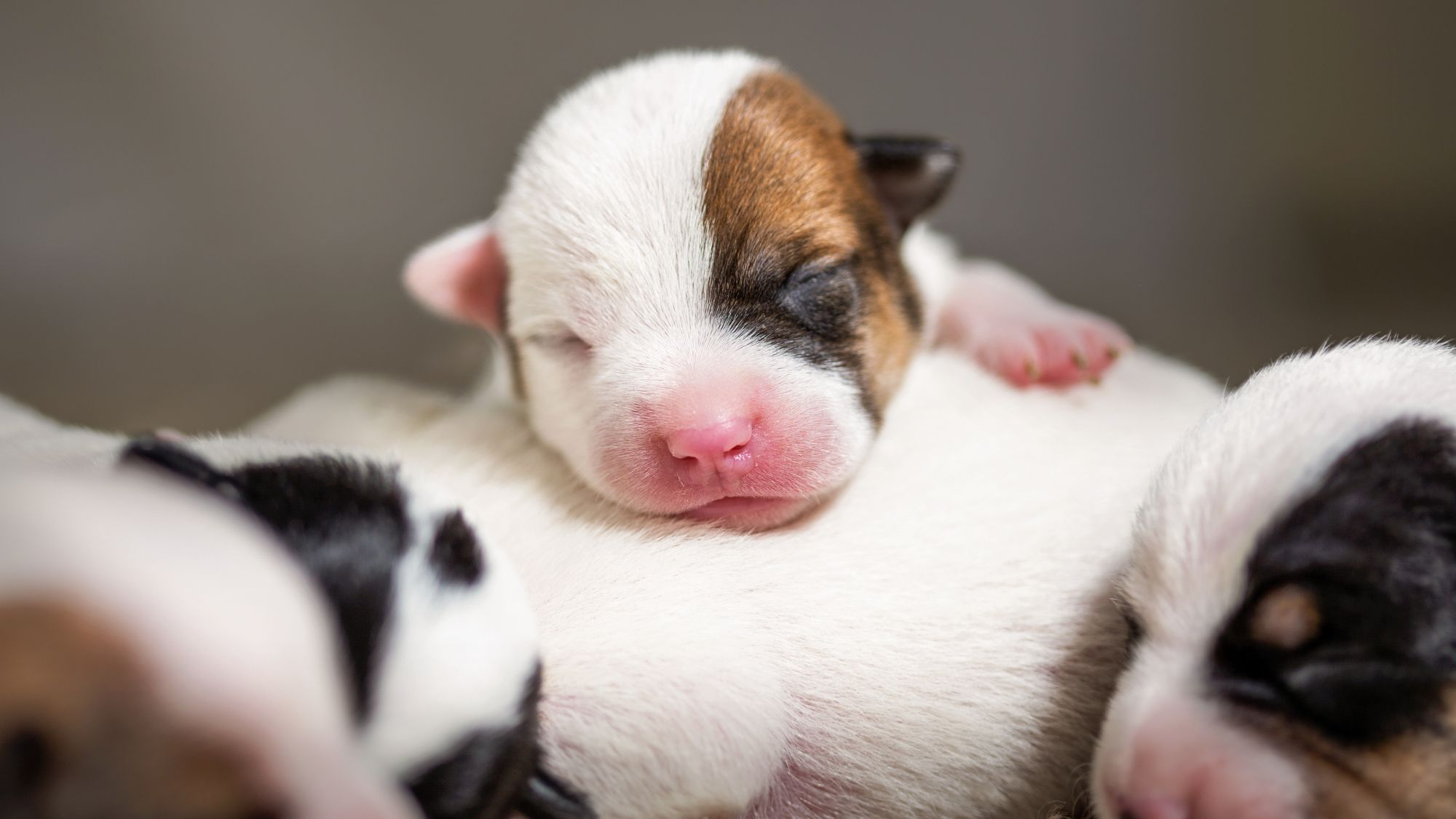
Development
Environment
Health
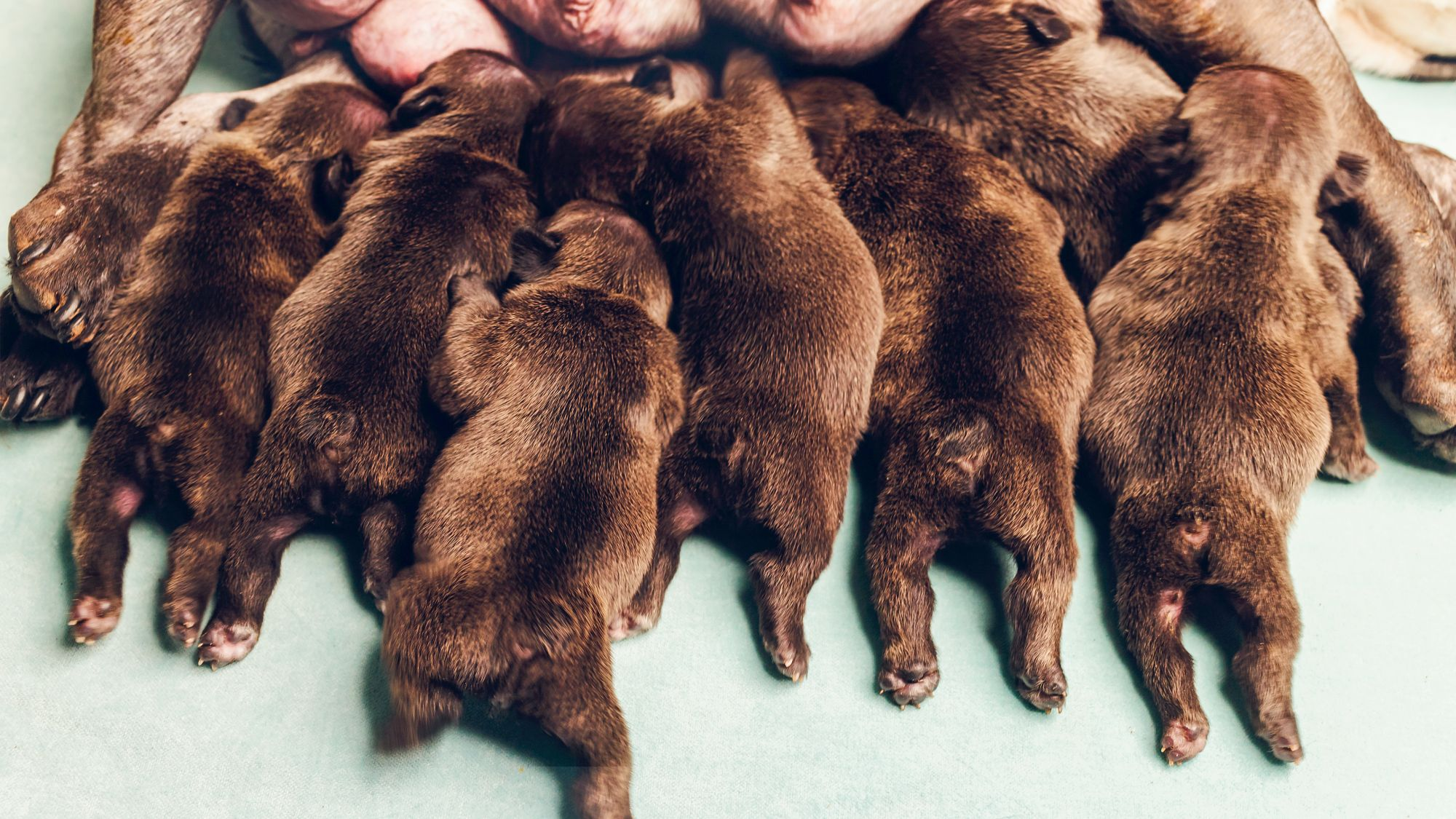
Nutrition
Weaning

Behaviour

Development

Environment
Health
Nutrition
Puppyhood

Behaviour
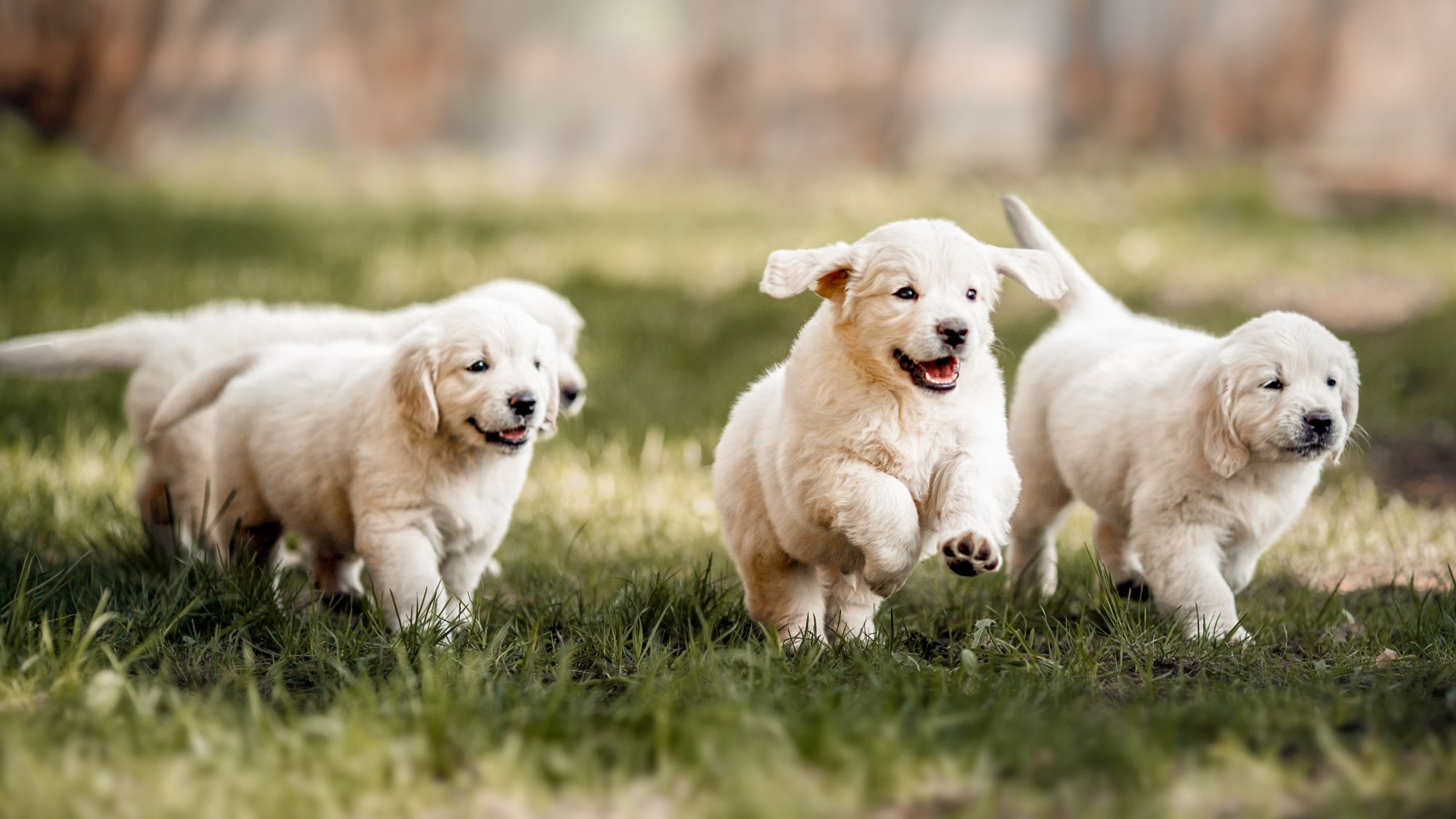
Development

Environment
Health
Nutrition
Becoming an adult

Development
The growth process for puppies differs depending on their breed size. Extra Small breed dogs can reach full maturity at 8 months, while giant breeds are not considered fully grown until 2 years old.
Up to eight or nine months, large and giant puppies experience rapid skeletal growth, with the remaining months focussing on developing muscle until they reach their adult bodyweight (70 times their birthweight in large breeds and 100 times their birthweight in giant breeds).

Nutrition

Tailored nutrition for your puppy
